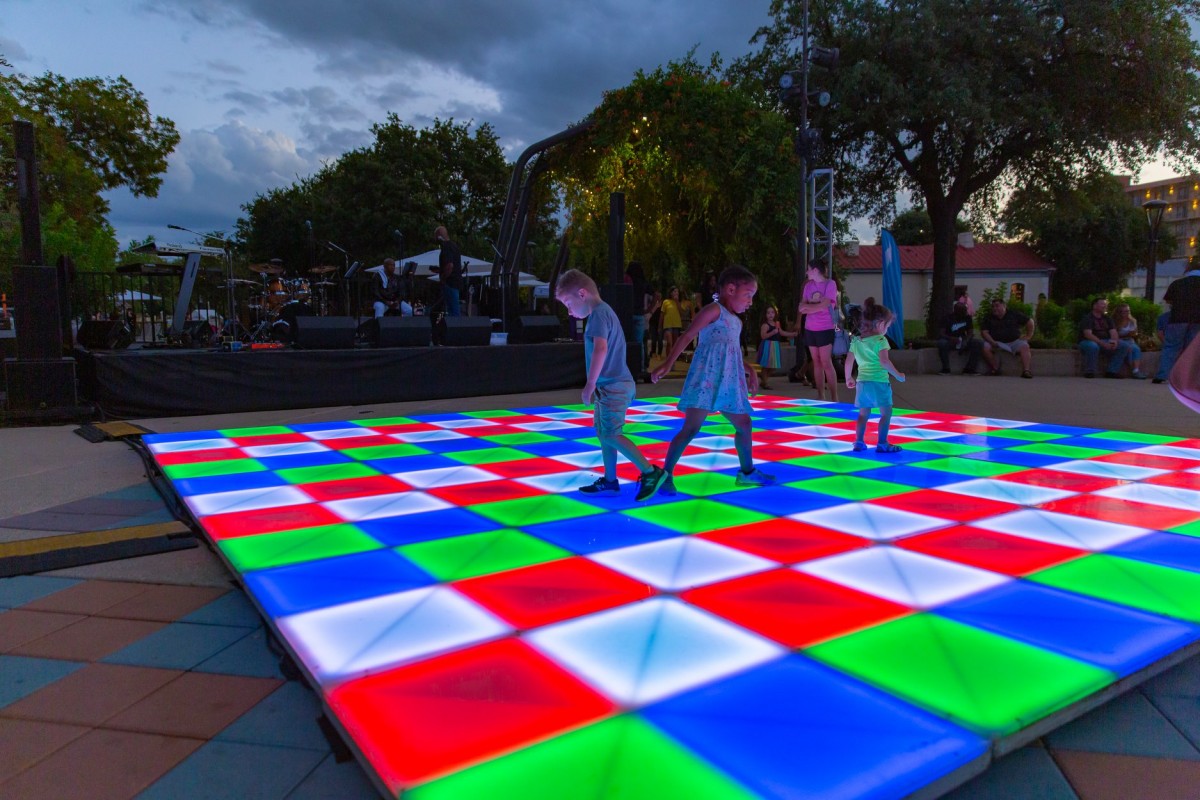Brightening Innovation Through Shade Theory within Illuminated Dance Platform Designs
Brightening Innovation Through Shade Theory within Illuminated Dance Platform Designs
Blog Article
Color theory is a important element of aesthetics, especially when it relates to designing light-emitting diode dancing surfaces. The interplay of hues can greatly affect the atmosphere and vibe of a space. By grasping how colors work together, creators can create an environment that improves the overall experience for participants. This article explores the fundamentals of color theory and its use in LED dance surface designs.
The primary colors are red, blue, and yellow. These colors cannot be made by blending different hues combined. Intermediate colors, such as green, orange, and purple, are created by mixing main hues. Third-level hues are formed by mixing a main color with a secondary color. Understanding these basic connections helps creators select hues that complement one another and create a visually appealing show. Mixing these hues on an LED dance floor can lead to vibrant and stimulating outcomes that attract the focus of participants.
Color temperature also plays a key part in aesthetics. Colors can be classified as warm or cool. Warm hues, such as crimson, tangerine, and yellow, tend to evoke emotions of excitement and heat. In opposition, cool colors like azure, emerald, and violet often create a serene and soothing environment. Creators can utilize these color temperatures to establish the ambiance for various kinds of occasions. For instance, a party environment may gain from hot colors that energize the audience, while a further relaxed occasion might use cool colors to offer a soothing effect.
In addition to hue pairings and temperature, brightness and intensity are essential factors to take into account. Brightness refers to how dance floor rental with custom designs bright or dim a color appears, while intensity indicates the intensity of a color. Vivid, intense colors can create a lively and energetic environment, perfect for dancing floors. On the other hand, gentler, lower saturated colors can generate a further subdued atmosphere. By manipulating brightness and saturation, creators can attract attention to specific sections of the dance floor or establish sight routes, guiding dancers through the venue.
Finally, it is essential to consider the emotional impacts of color in LED dancing surface designs. Various colors can elicit More from the author different emotions and responses. For instance, crimson is often associated with zeal and vitality, while blue can be calming and tranquil. Grasping these associations allows creators to tactically use colors to influence the actions of participants. By incorporating hue principles into light-emitting diode dance surface layouts, creators can enhance the total encounter, making it memorable and enjoyable for everyone participating.